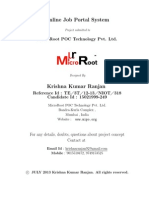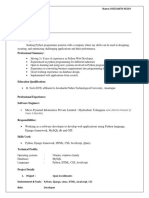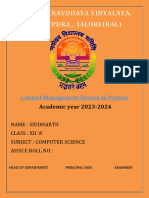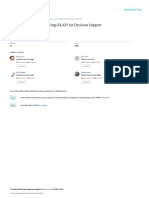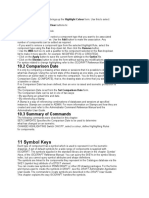0% found this document useful (0 votes)
9 views8 pagesDbms Report
The Online Job Management System is a full-stack web application built with Django to streamline the recruitment process for employers and job seekers. It features user role management, job posting and application modules, and an admin dashboard, aiming to digitize the recruitment lifecycle and enhance user experience. The system is designed to be scalable and user-friendly, with a focus on security, performance, and usability.
Uploaded by
dhanushreebaigdhanu7Copyright
© © All Rights Reserved
We take content rights seriously. If you suspect this is your content, claim it here.
Available Formats
Download as PDF, TXT or read online on Scribd
0% found this document useful (0 votes)
9 views8 pagesDbms Report
The Online Job Management System is a full-stack web application built with Django to streamline the recruitment process for employers and job seekers. It features user role management, job posting and application modules, and an admin dashboard, aiming to digitize the recruitment lifecycle and enhance user experience. The system is designed to be scalable and user-friendly, with a focus on security, performance, and usability.
Uploaded by
dhanushreebaigdhanu7Copyright
© © All Rights Reserved
We take content rights seriously. If you suspect this is your content, claim it here.
Available Formats
Download as PDF, TXT or read online on Scribd
/ 8




















